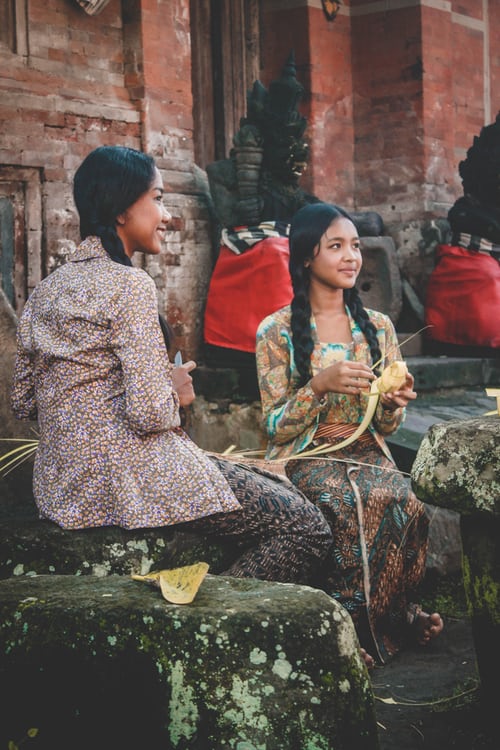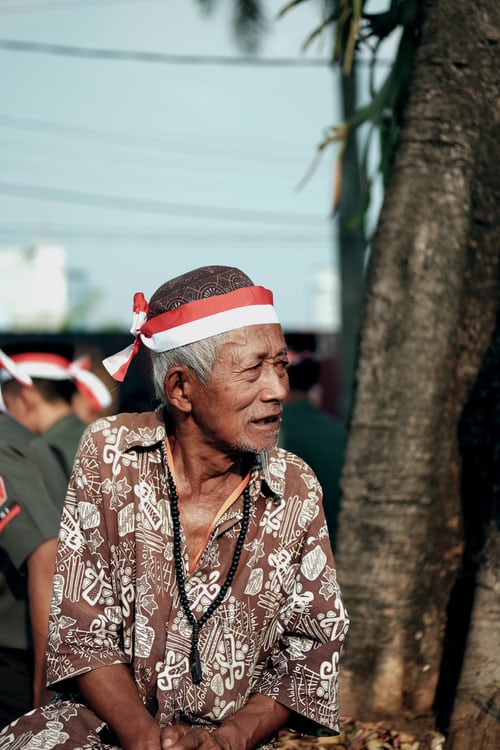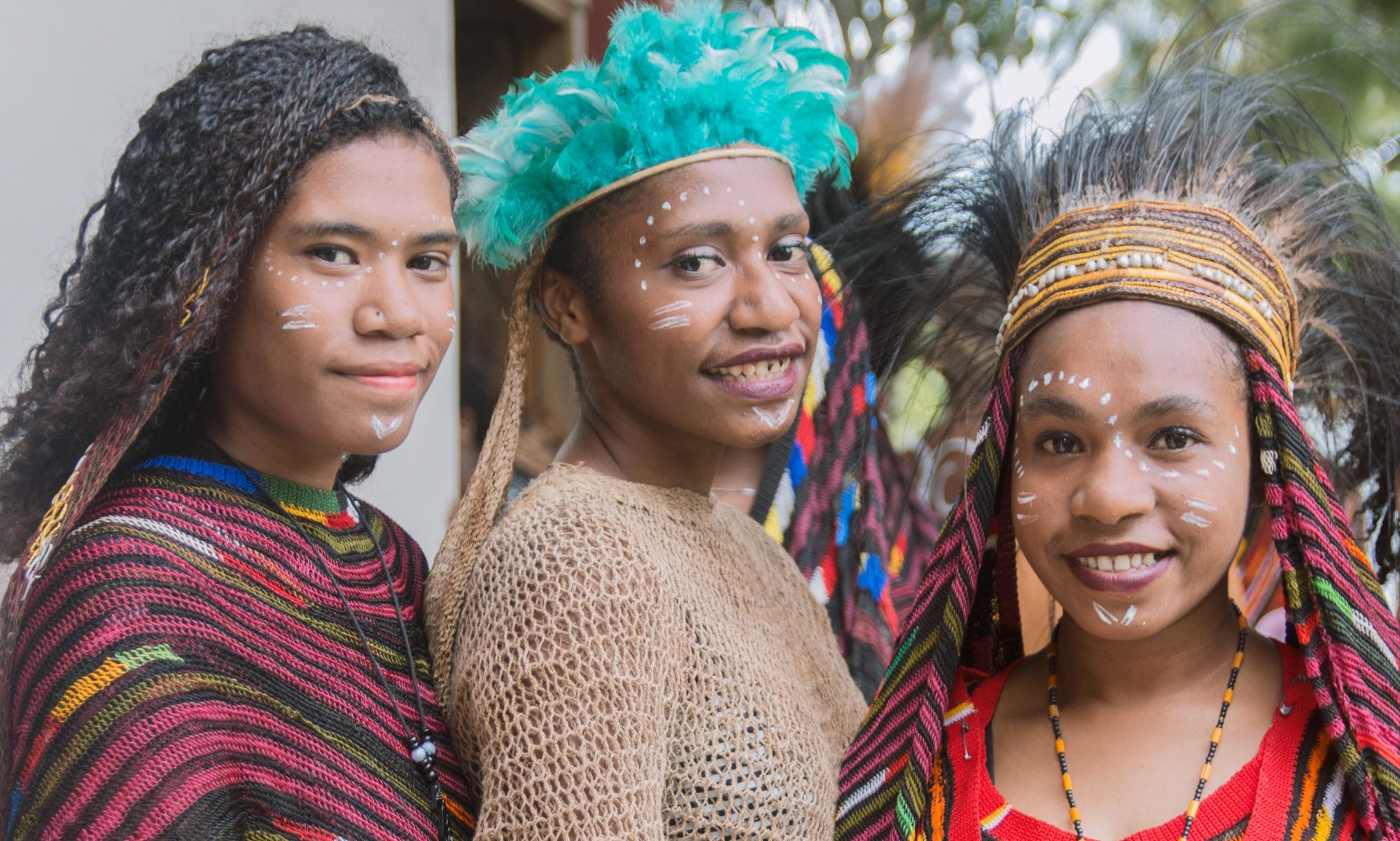An indigenous or community language is the language that nurtures the child in the early years of his or her life . It is not hard to get a picture of just how linguistically diverse Indonesia is. There are 726 languages in the country; making it the world’s second most diverse, after Papua New Guinea which has 823 local languages.

The indigenous languages of Indonesia – also referred to as vernaculars or provincial languages, collectively called as Bahasa Nusantara – exhibits great variation in numbers of speakers.
Some native languages of Indonesia are:
Javanese is a major language in Indonesia which is predominantly used in the island of Java among the Javanese people. The language is also one of the most widely used in the country with 98 million speakers. The language is made up of three distinct dialects all of which are mutually intelligible and these include; Central Javanese, Western Javanese, and Eastern Javanese.
All Indonesia presidents since the country gained independence in 1945 have been all native Javanese speakers.

Sundanese is another major language spoken in Indonesia. Sundanese (translated to mean “language of Sunda”) is predominantly used in West Java and Banten where the language is recognized as an official regional language. There are an estimated 42 million native Sundanese speakers. The Sundanese language is made up of six main dialects all of which are geographically defined and include; the Southeast dialect, the Northeast dialect, the Mid-east dialect, the Priangan dialect, the Northern dialect and the Western dialect.
Amarasi belongs to a language group called Timoric, that has deep traces of Melanesian roots from the Malayo-Polynesian language family. It is mainly spoken in the southwest of Timor and has an estimated 80,000 speakers. It is thought to be a variant of Helong—another language also spoken on Timor island, especially in Kupang. While they seem related, Amarasi borrows more Dutch words.

“One should not grow forgetting one’s roots because then, it somehow affects the person’s sense of self-esteem. “People with low self-esteem will also have low confidence levels and in a way that would affect the entire personality and growth. That is why, in developed countries in the world, so much is done to promote mother tongues of immigrants.”
If you talk to a man in a language he understands, that goes to his head. If you talk to him in his language, that goes to his heart.

